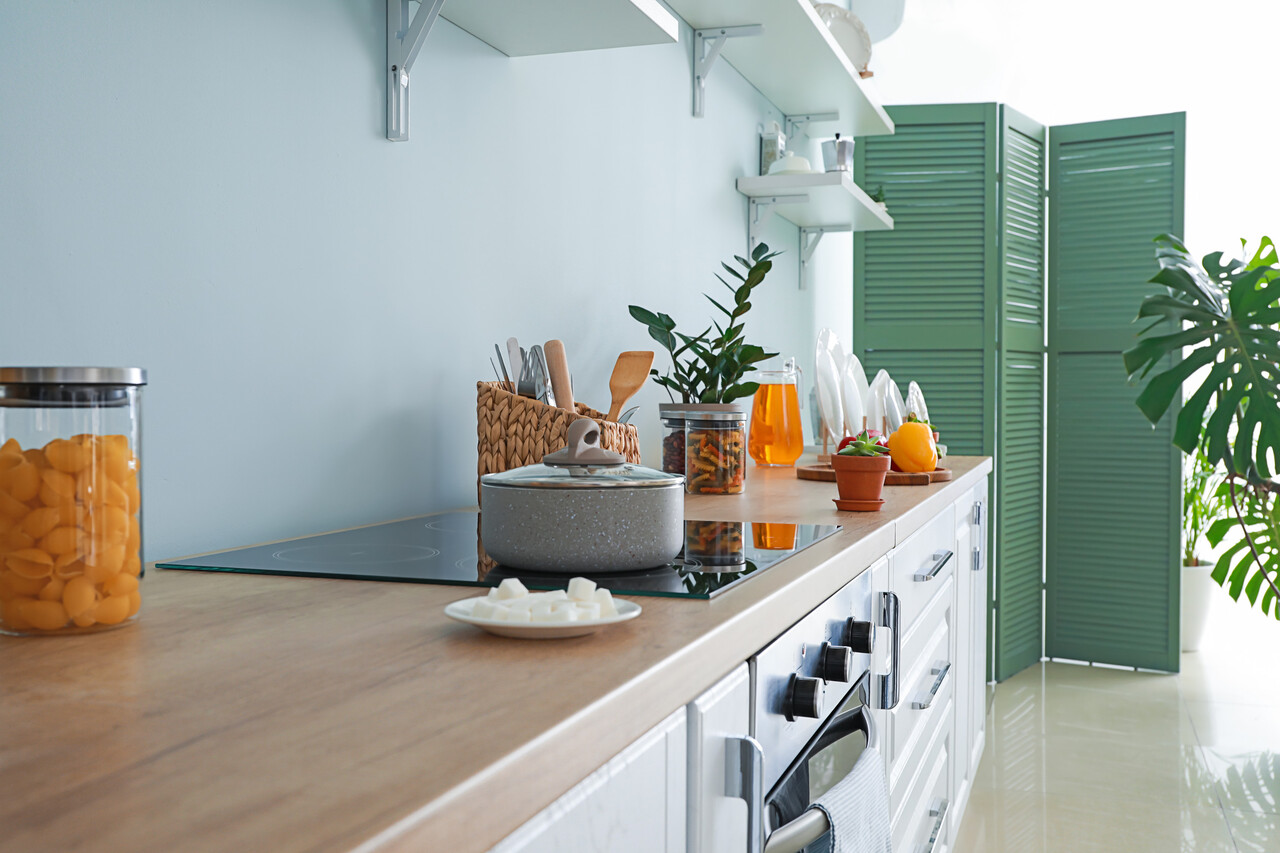The Best Way To Store Coffee According To Baristas

Coffee is one of those daily pleasures that depends entirely on freshness. Yet many people unknowingly shorten the life of their beans with poor storage habits. Baristas, who brew for a living, know exactly how to keep coffee tasting vibrant: protect it from light, air, heat, and moisture, grind only what you need, and rotate stock smartly. By following their advice, you can enjoy each cup as the roaster intended; rich in aroma, sweetness, and balance, without investing in expensive gear or overly complicated routines.
Buy Whole Beans and Buy Fresh

Coffee tastes its best when beans are bought whole and fresh. Whole beans protect flavor longer because less surface area is exposed to air compared with pre-ground coffee. Look for roast dates, not just “best by” labels, and aim to purchase small amounts more frequently. Ideally, you should buy only what you’ll use in one to two weeks. Treating coffee like fresh produce ensures that every brew is flavorful and aromatic rather than flat or stale. Freshness is always the first rule of great coffee.
Store in an Airtight, Opaque Container

To preserve coffee’s delicate aromatics, move beans into an airtight, opaque container right after opening. Silicone-gasket lids or clamp seals work best to reduce oxygen and moisture exposure, while opaque ceramic or metal canisters shield beans from light. Glass is acceptable if stored away from sunlight. Keep only a small amount, about one week’s supply, in your active canister. By limiting oxygen contact and keeping beans in the dark, you significantly slow flavor loss and keep brews bright and full-bodied.
Keep Coffee Away from Heat, Light, and Moisture

Coffee deteriorates quickly when exposed to heat, light, or moisture. Storing beans near stoves, ovens, or sunny windows accelerates the breakdown of oils and aromatics, while humidity introduces off-flavors or even mold. To keep coffee fresh, place it in a cool, dark, and dry cupboard or pantry, well away from sinks or dishwashers. Stable, low-humidity conditions protect the integrity of your beans and preserve the balance, sweetness, and aroma you expect from a fresh roast.
Don’t Refrigerate or Repeatedly Freeze Beans

Although it seems logical, refrigeration is one of the worst places for coffee. The fridge adds moisture and odors from other foods, which beans easily absorb. Freezing can work for long-term storage, but only if you divide beans into airtight portions, expel air, and thaw just once. Never refreeze beans. For everyday use, storing at room temperature in a tightly sealed container is better. This routine avoids condensation and helps preserve the oils and volatile compounds that give coffee its flavor.
Grind Just Before Brewing

Grinding coffee accelerates oxidation, so baristas recommend grinding only what you need, right before you brew. This practice keeps aromatics intact and flavor lively. Use a burr grinder rather than a blade grinder to achieve consistent particle size. Match grind size to your brew method, coarse for French press, medium for drip, fine for espresso. Fresh grinding makes a noticeable difference, producing more aromatic, balanced, and flavorful coffee with every cup you prepare.
Label with Roast Date and Rotate Stock

Keep track of your coffee’s freshness by labeling containers with roast dates. This helps you use beans in the right order, ensuring you enjoy them within their prime window of two to three weeks after roasting. Separate different origins or blends into clearly marked jars to avoid confusion. Cleaning grinders, scoops, and canisters also prevents stale buildup from contaminating fresh beans. Small organizational steps like labeling and rotation make your coffee routine more consistent and rewarding.
Portion Beans into Smaller Batches

Dividing coffee into smaller batches can extend freshness. Instead of opening the same large bag daily, portion beans into several airtight bags or jars and seal them well. Keep one portion as your daily supply, while the others remain untouched until needed. This practice reduces repeated air and light exposure, which degrade beans quickly. Baristas often do this with bulk purchases, ensuring each portion stays closer to its original roast character until the moment it’s opened.
Avoid Clear Glass Storage in Direct Light

Glass jars look stylish on countertops, but they aren’t the best option for long-term coffee storage. Sunlight and indoor light degrade oils and fade flavor quickly. If you love the look of clear glass, place the jar in a dark cupboard or wrap it in an opaque sleeve to block light. Baristas agree that light protection is as important as air-tightness. Coffee displayed beautifully in clear containers may be tempting, but without protection, its taste will suffer.
Keep Beans Separate from Spices and Strong Aromas

Coffee beans are highly porous and absorb aromas from their environment. Storing them near spices, onions, or even scented candles can leave unwanted flavors in your cup. Always place beans in a sealed container away from strong-smelling items. A pantry shelf dedicated to coffee works best. Baristas know that protecting beans from competing odors is just as important as keeping them safe from oxygen and moisture. Proper separation preserves the natural aromatics of the coffee itself.





